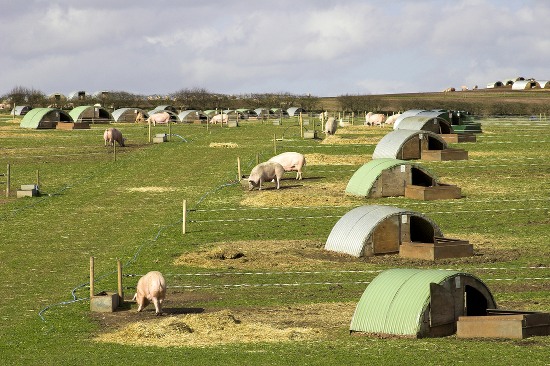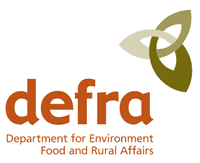How can catchment management strategies be developed and implemented successfully?
The challenge
Management of diffuse pollution at a catchment level raises complex technical, economic and social issues, and without the support of stakeholders (including water companies, regulators, farmers, local authorities, industry, and residents) it is unlikely that any catchment management strategy will succeed.
How best to bring into alignment the varied yet legitimate values and interests of diverse stakeholders, and to coordinate and implement effective interventions at a catchment scale, is far from obvious, particularly as local scientific expertise may be limited, whilst scientific experts and decision makers may have little previous experience of working with stakeholder communities.
The solution
A multi-disciplinary team of researchers worked with local people and organizations in South West England and East Anglia to understand the complex issues involved in catchment management. Lessons learnt from leading international examples of best practice were tested through two case studies: the Upper Tamar and the Upper Thurne.
Stakeholders must be involved in developing strategic goals and management plans. As part of ensuring a shared knowledge base and common understanding of catchment processes the researchers developed a graphical Ecosystem Health Report Card to present, interpret and monitor water quality data in a way accessible to all.

An example of a source of diffuse pollution
Through a series of workshops the next step was to develop an innovative participatory modelling approach for diffuse pollutants and their control, and to work with stakeholders in the appraisal of possible management scenarios. Key challenges were to incorporate local knowledge, which often filled data gaps and reduced uncertainty, and to achieve local acceptance of the model results.
The approach developed was then codified as a Catchment Management Template and shared with policymakers and stakeholders developing catchment strategies across the UK. Key Template elements are a dual analytic-deliberative approach, an adaptive management cycle, and appropriately defined decentralized responsibilities for catchment planning and implementation.
Resulting benefits
The research results have become established parts of the evidence base informing national policy including launch of the Catchment Based Approach in England and Wales. They have also been influential in South West Water’s evolving approach to its business, and in the participatory approaches of the Broads Authority and an Internal Drainage Board in East Anglia.
Martin Ross, South West Water’s Environmental Manager, explains: “Previously there was no real connection between us and land managers … now the whole of the company from the Chief Executive down is aware of our complete dependency on the way third parties treat land and water.”
Future directions
The national ‘roll-out’ of the Catchment Based Approach in 2013 can inform further research and refinement of the ‘Template’. The benefits of inclusive stakeholder engagement and agency collaboration must be sustained, whilst giving these emerging arrangements sufficient legitimacy and standing to be able to effect real change.
Add Pingback






